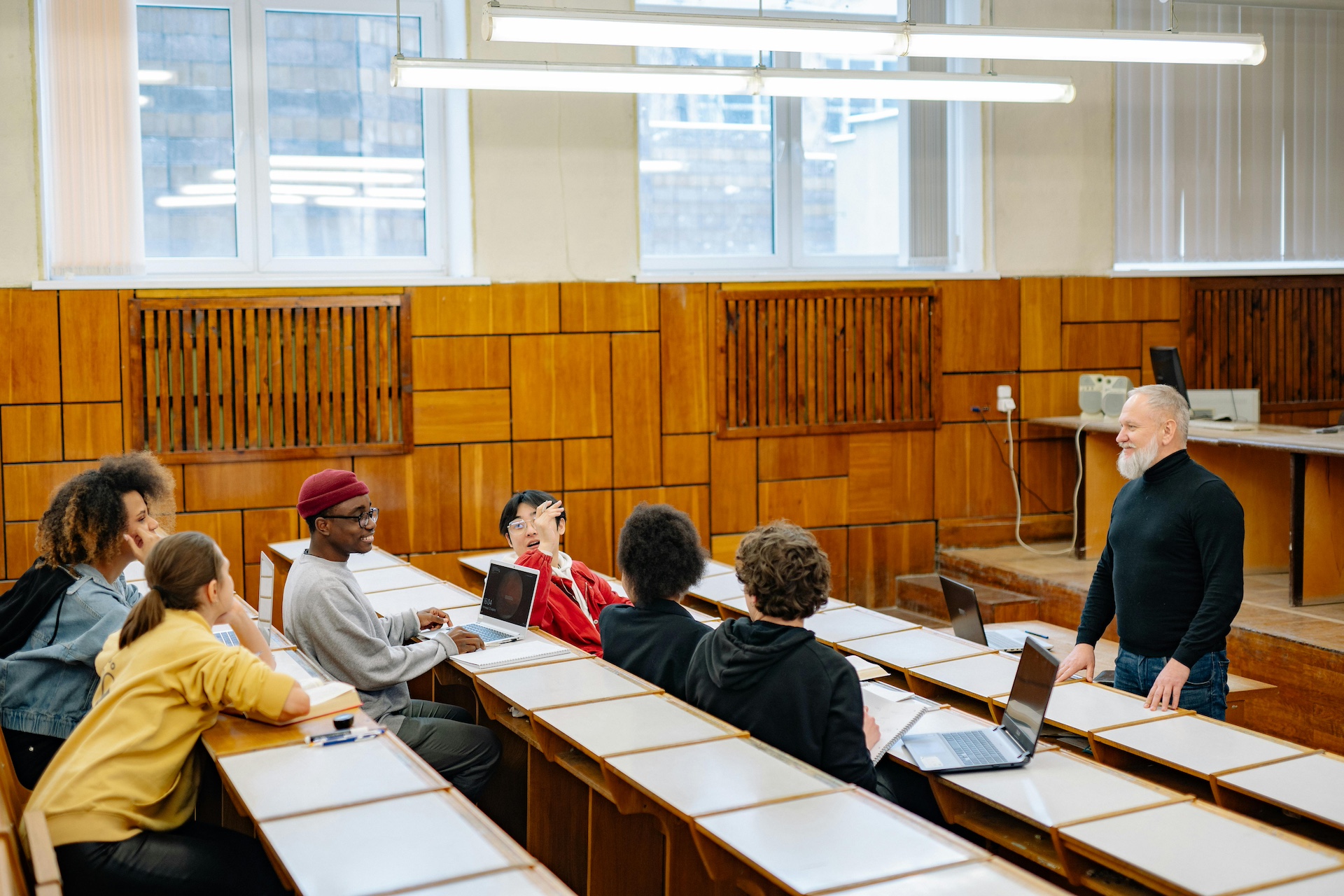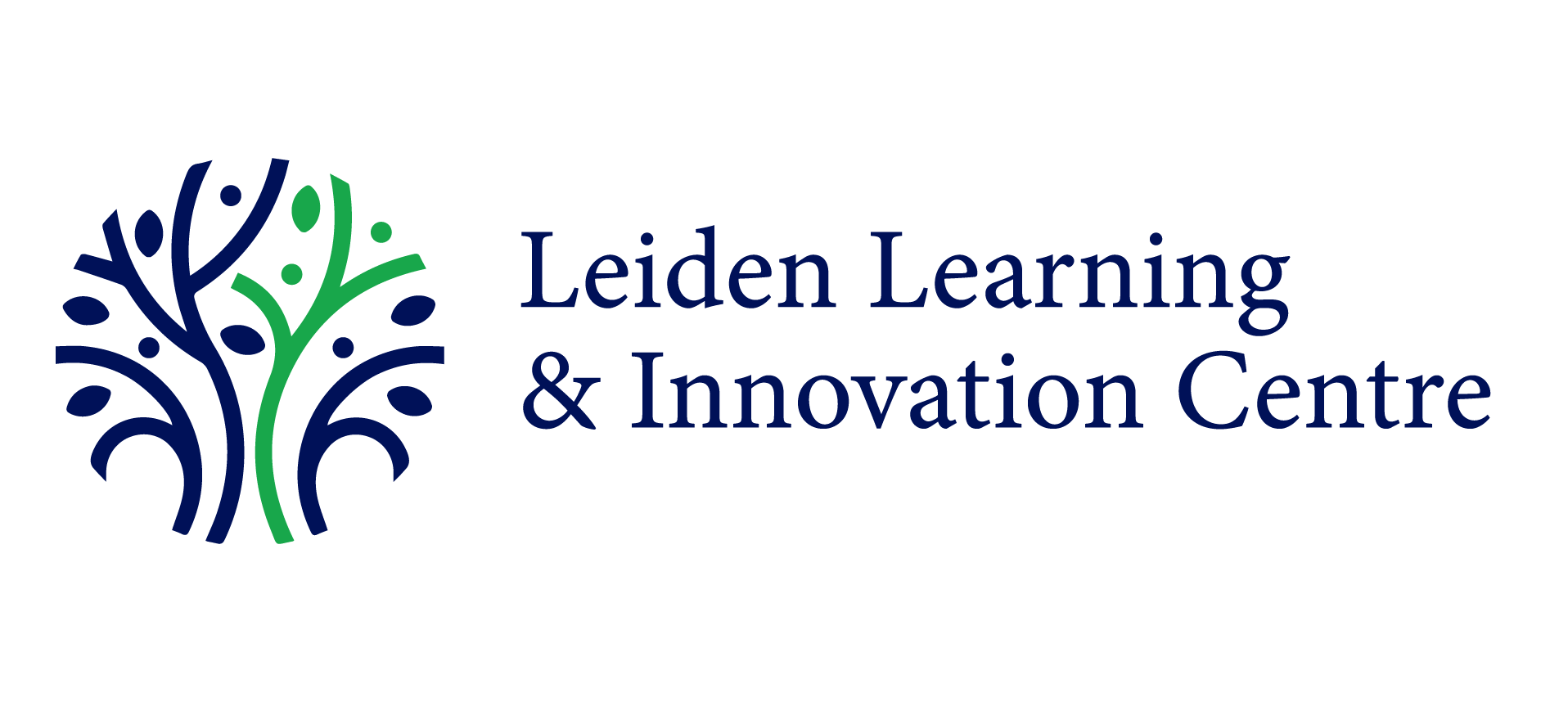Inclusive Education: What, Why, & How?
Are you frequently coming across the terms Diversity, Equity, and Inclusion (DEI) and curious as to how to incorporate them into your teaching practice? Do you find creating a safe environment of learning and engagement important but not easy to achieve? Are you looking for didactical tools and strategies that help you optimise critical thinking and constructive dialogue in the classroom?
If so, you’re not alone!
Many participants of our University Teaching Qualification (UTQ) module “Inclusive Education” joined us with similar questions, including:
- “How can we be aware of and manage implicit biases when dealing with students?”
- “I am wondering –in terms of equity- how much extra time should we devote to students with extra needs? What is fair, towards them but also towards us as teachers?”
- “How can I better ensure that students struggling to understand due to barriers such as language, can also be at pace with their peers in class?”
To gain an impression of how we at LLInC productively facilitate and guide in such discussions, let‘s briefly review the content (what), significance (why), and methodology (how) of our “Inclusive Education” module.

What You’ll Gain
In this module, our main ambition is to guide participants in gaining valuable insights and deepening their understanding of the course’s four key learning objectives:
- Checking assumptions
- Interpreting students’ diverse needs
- Adapting inclusive didactical tools
- Practicing reflectional tools
We try to create an interactive, supportive and safe environment where teachers feel encouraged to share their experiences, challenges, and perspectives regarding the diverse backgrounds of students as well as their (hidden) needs and expectations.
Why Choose Us
As a teacher, you know the struggles first–hand – it’s not just about teaching the curriculum, it’s about navigating a complex mix of different styles, abilities, and backgrounds. When attempting to do so, difficulties often stem from limited resources to cultural, emotional, and hidden barriers.
With this in mind, the approach we take in Inclusive Education allows us not only to acknowledge your learning questions and challenges, but also to empower you with the confidence, awareness, and tools to actively practice inclusion and equity in the classroom as well as while designing your course and syllabus.
Rather than checking boxes, we aim to foster critical thinking and provide realistic and didactical tools for effective problem solving.

How We Lead
Are you wondering how we bring the theory of inclusive education to life? It all starts with promoting a culture of dialogue.
We use the preparatory materials and assignments as well as classroom topics and activities to create a space for an open and inclusive exchange of ideas and experiences. We prioritise trust-building by explicitly managing expectations, establishing ground rules for effective dialogues, and constantly checking assumptions during critical discussions.
Additionally, to make the training as relevant an experience as possible, we draw upon concrete, real-time cases and examples which our teachers bring to the classroom.
Sounds interesting? If you are eager to learn more about our Inclusive Education module, you are very welcome to join us!
You can sign up for this UTQ module here.

